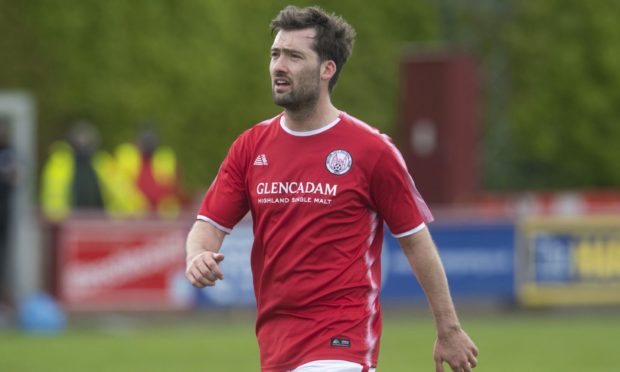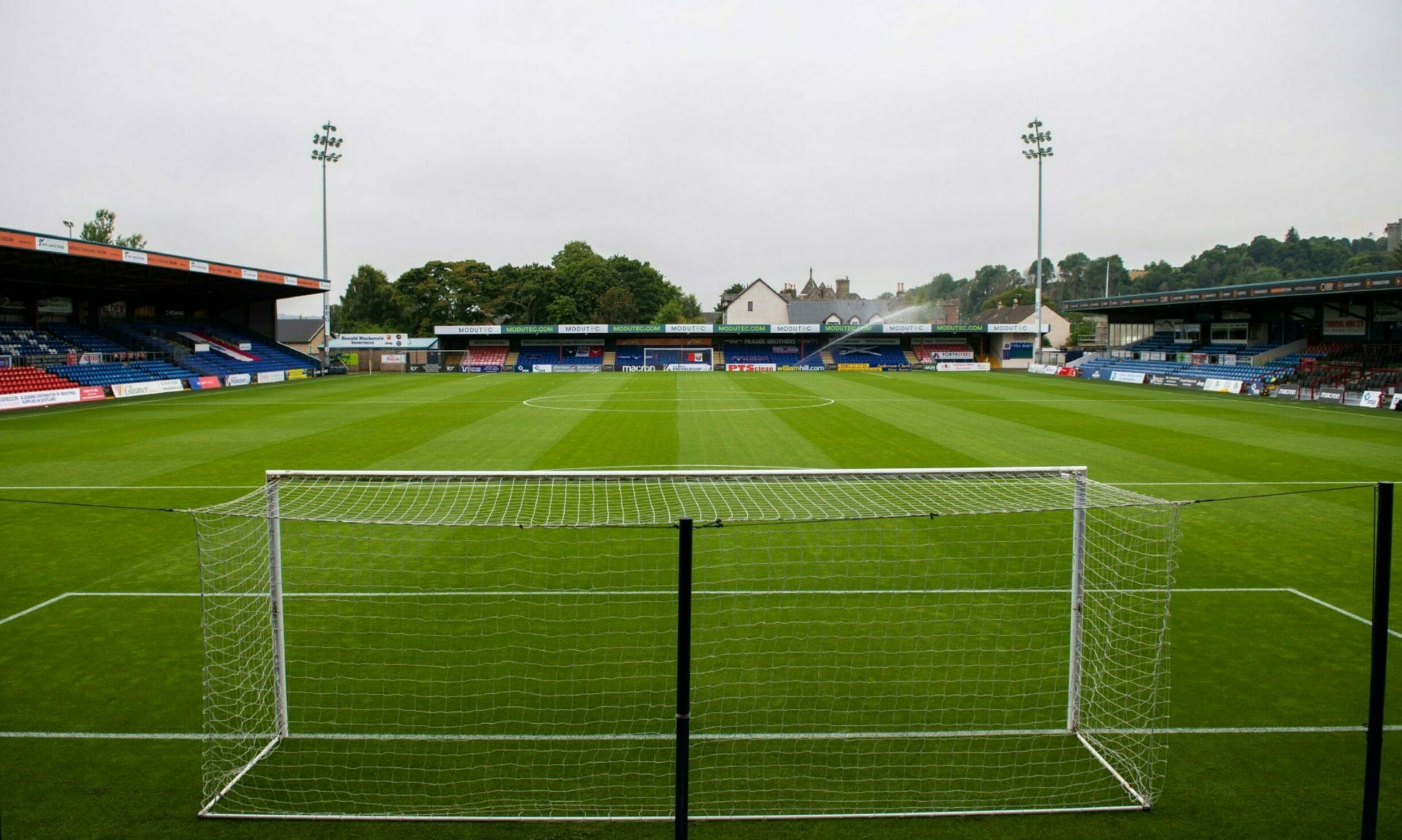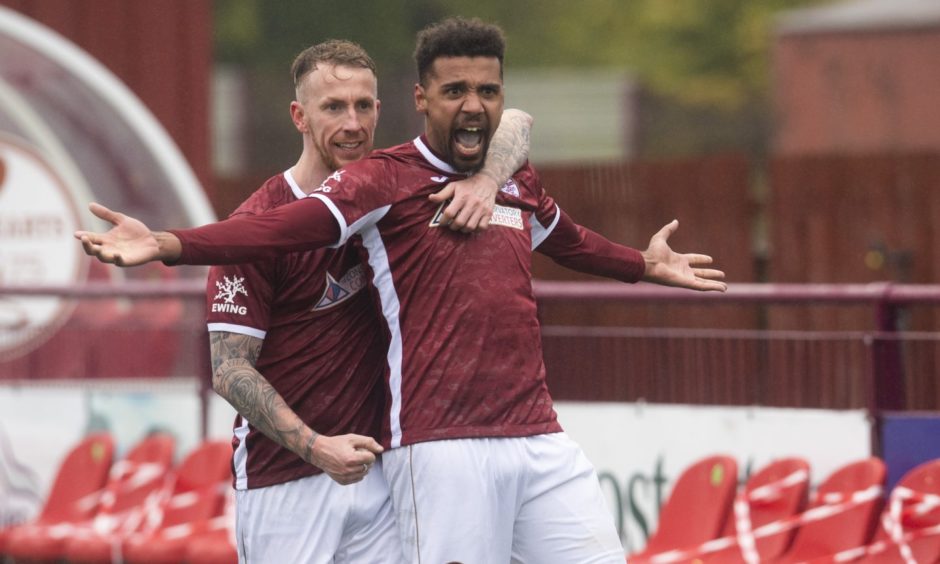We now know the result of Monday night’s crucial second play-off between Kilmarnock and Dundee for the right to play in the top tier of Scottish football.
It was a match this writer long feared would feature Ross County. Supporting the team from Dingwall can be a trying business.
Despite having beaten four of the top five teams in the Premiership this season – including St Johnstone’s remarkable cup(s)-winning side back in September – it was not until the last game that County saved its place at the top table.
Although only a single point was needed from that away fixture in Motherwell, there was fear among supporters that our side would somehow contrive to throw it away. There would be some cruel twist.
Relegated Hamilton needed to beat Kilmarnock by nine goals to hand safety to County. But the way things had been going, Hamilton would probably score nine goals, only to concede one in the last minute.
A victory against the Lanarkshire team, however, meant there will still be a Highland team at the top level of football next season. That is important.
There is serious sporting life up the A9
Ross County and Inverness Caledonian Thistle (now in the second-tier championship) were only elected to the senior league in 1994. They rose through the divisions and captured a national cup apiece. Fans from across the Highlands and Islands came to Dingwall and Inverness to see them play.
Having the two teams rubbing shoulders with the great and good of the people’s game meant a lot to the Highland sense of identity, sustaining the region’s growing self-confidence.
Neither did it do Scotland’s “football family” any harm to realise there was serious sporting life (apart from shinty) up the A9 – although Central Belt fans still seem to think it takes longer for them to travel to the Highlands than for their northern counterparts to go south.
There have been suggestions that some supporters of bigger clubs feel Dingwall, with fewer inhabitants than the capacity of its football ground, is undeserving of top flight status. But others clearly enjoy their day out in the Highlands, even if one or two don’t actually make the match.
Success fuels ambition
County and ICT’s success fuelled ambition, with Elgin, Peterhead and Cove Rangers following them into the national set up from the Highland League. Like the majority of members, they are not actually based in the Highlands.
Three of the original seven crofting counties being involved in the senior game could only have aided Scotland’s understanding of itself
It had been hoped that one team which is in the Highlands, Brora Rangers, would also be elevated to the Scottish league through the pyramid system. It would have been good for Scotland to see the Sutherland village on the country’s senior football map.
Three of the original seven crofting counties being involved in the senior game could only have aided the country’s understanding of itself. It would be a poignant turn of history to have hundreds from across the land visiting a ground just down from Strath Brora, where over 60 townships were cleared of their people 200 years ago.
Last season’s relegations still sting
Despite Brora’s stunning defeat of Hearts in this year’s Scottish Cup, they couldn’t beat the wee Hearts from Kelty in Fife, who were promoted to the national league on Sunday (May 23) by beating Brechin City.
The latter’s senior demise looks set to see the Highland League extend its reach into Angus and Brechin’s Glebe Park – the only ground in Europe with a hedge round it. A near 500 mile round trip to play Wick Academy awaits.
Tense as these play-off games undoubtedly have been, they are welcome after the mess the pandemic wreaked last season. There is still understandable ill feeling among those relegated – Hearts, Partick Thistle, and Stranraer.
Partick in particular had cause for complaint, with a game in hand over the team nearest to them in the table, but only two points behind. Brora and Kelty were also denied the chance of a play-off against each other and then against Brechin, who were bottom last year as well.
The footballing authorities said there was no alternative to calling the leagues early. But this columnist had a plan with an element of “sporting integrity”.
The three about to be relegated could have played the second top of the division below in one game at a neutral ground. Brora and Kelty doing the same, with the winner playing Brechin. It should have been possible, given Premier League teams in England resumed playing on June 17 last year.
It would have saved a great deal of bitterness and lawyers’ fees for the unsuccessful legal challenge mounted by Partick and Hearts. But it wasn’t to be.
David Ross is a veteran Highland journalist and author of an acclaimed book about his three decades of reporting on the region



